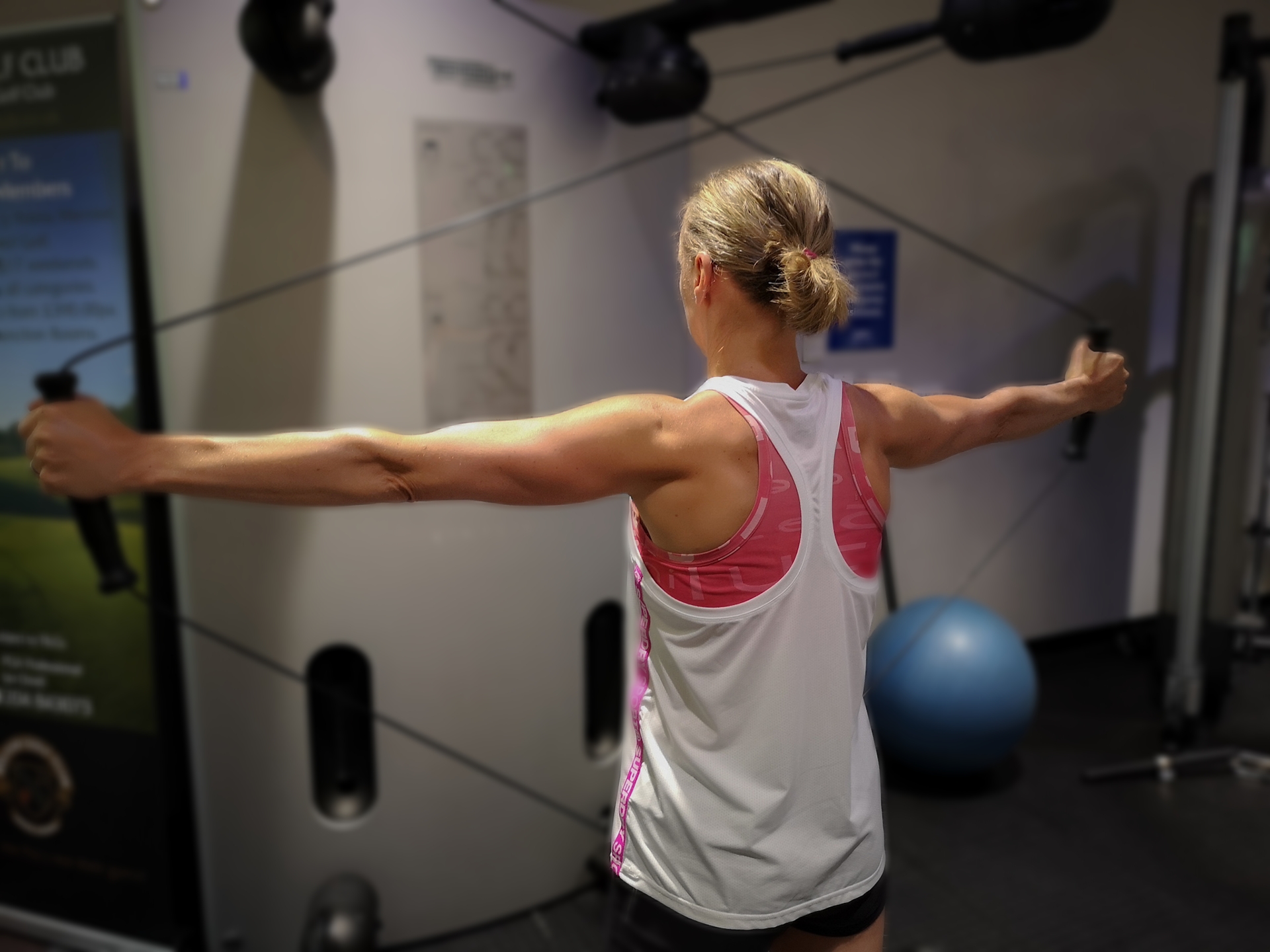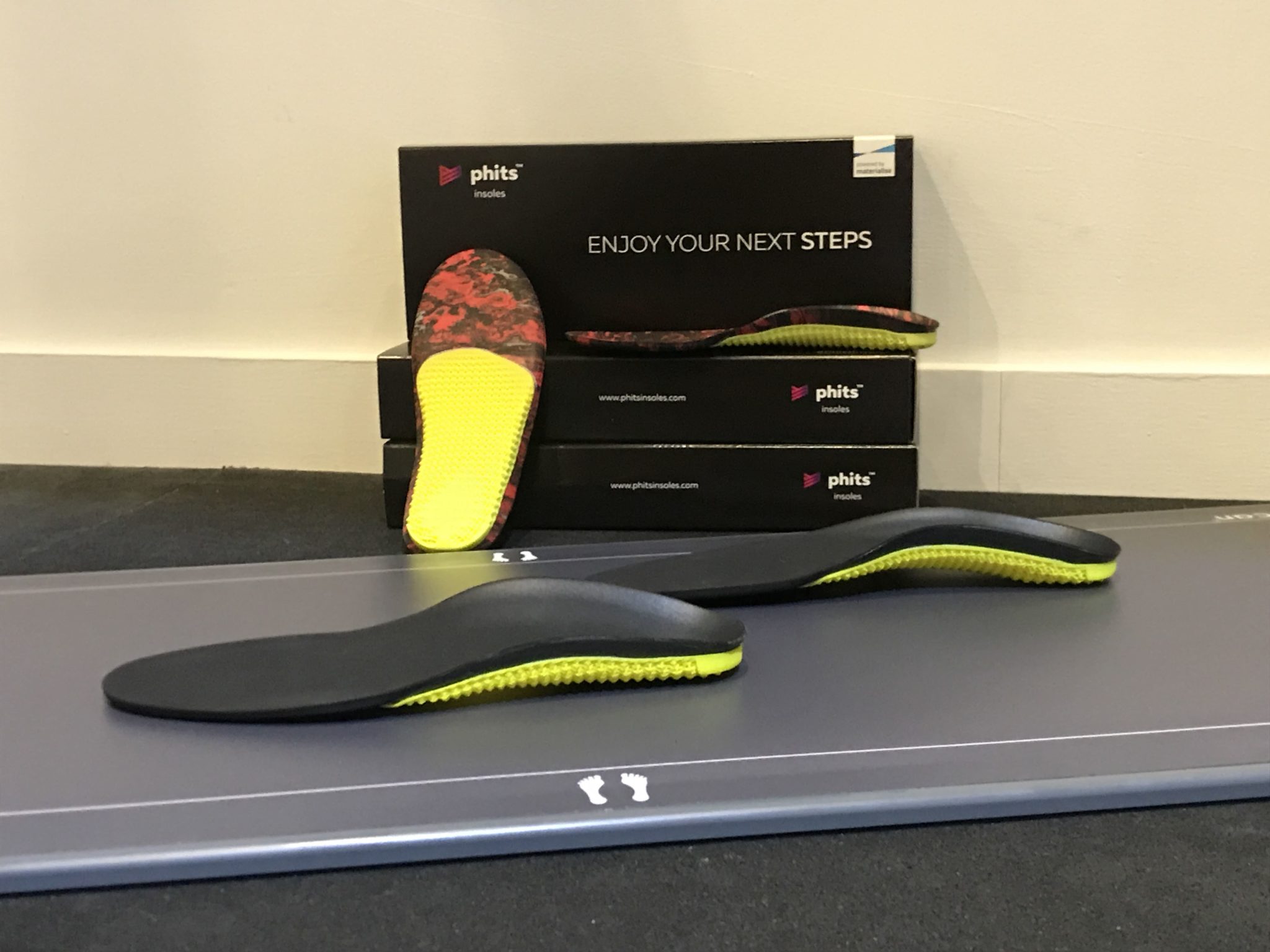Rugby 7s in Rio 2016 Summer Olympics
This summer see’s the return of Rugby, in the form of Rugby 7s, to the Olympic stage in Rio de Janeiro. It has been missing from the games since 1924 where previously a 15 a side game was played. Great Britain announced its Rugby 7s teams on the 19th July.
In this blog we take a look through the history of Rugby 7s and the typical injuries that are sustained in the game.
History of 7s:
Born in 1888 in Melrose, Scotland, created by two butchers – the men’s Rugby World Cup 7s trophy is called the Melrose Cup.
The rules are the same as the 15s game, same size pitch, same sized ball, full contact, scrums and lineouts with fewer players and same points scored. With all the space and speed on show it is a much faster version of the game, played 7 minutes each way.
Current world rankings see Fiji topping the Men’s, while Australia sit at the top in the Women’s competition.
Over the last 2 seasons countries have been competing for a place at Rio. Both the Men’s and Women’s England teams secured qualification for Great Britain last season, meaning this season they have been able to bring in new players and test out the squads to determine who will get the chance to play in the Olympics, as well as forming a GB team which the home nations rarely get the chance to do.
The USA are the current Olympic Rugby Champions winning gold in 1920 and again in 1924. On the normal 15s stage the USA are steadily improving, yet on the Rugby 7s circuit they have some real talent who could light up the stage in Rio.
Many Nations Rugby 7s have started to use skill transfer, which involves athletes from other sporting backgrounds taking up rugby. Sprinters, Bobsleigh, and netball players are using there handling, speed and power and transferring it to rugby. These athletes are having a fantastic input into the game and make it really exciting for crowds to watch.
Typical injuries in Rugby 7s:
As with any form of rugby, bodies take a battering so we see a lot of shoulder and knee injuries.
Within Rugby 7s other factors come into play. It is typically a summer sport so the ground becomes a lot firmer, and there is a lot more space and speed from the individual players. The collisions can be bigger and angles they run at sharper. This can lead to more ankle issues and muscle injuries.
What is great to see through all sports now, is that the conditioning side of amateur and professional sport is so high. Gone are the days of just hammering it up and down the pitch and throwing the ball around. Now players spend a lot of time in the gym and with rehab specialists to make sure they are strong in all areas of the game.
The Summit Approach
If you are able to break down the skills and strengths that are required for sports, you are able to test each joint, movement pattern and strength to match that requirement. This is where performance analysis can be used, at Summit we use The Performance Matrix. Using results from these tests, training programmes can be set up to lessen the chance of injury and improve performance.
Watch out for Rugby 7s at Rio Olympics 6-11th August #GoteamGB
Links:
BBC – Rugby 7s
SkySports – Rugby 7s
Rio 2016 – Rugby 7s




